Bamseom Island (Ecosystem Conservation Area) (밤섬 생태경관 보전지역)
6.5Km 2025-04-29
Yeouido-dong, Yeongdeungpo-gu, Seoul
+82-2-3780-0793
Located at the Hangang River, Bamseom Island derives its name from its chestnut-like shape (bam in Korean). The island was designated as an Ecosystem Conservation Area by the Seoul Metropolitan Government in 1999 and was later recognized as Ramsar Wetland in 2012. Now an uninhabited island, Bamseom Island was once home to around 443 people, who were relocated after the island was exploded as part of the Yeouido Development Project. Today, it is known as a habitat for numerous migratory birds and plant species. People can enjoy views of the Island from Bamseom Park.
Korean Martyrs' Museum (한국천주교순교자박물관)
6.5Km 2023-01-03
6, Tojeong-ro, Mapo-gu, Seoul
+82-2-3142-4434
Korean Martyrs’ Museum was opened in October of 1967 as Jeoldusan Martyrs' Shrine, in memory of the Catholic martyrs who lost their lives during the Byeongin Persecution of 1866. The name of the museum changed to the current Korean Martyrs' Museum in August 2008. The museum displays artifacts and materials in exhibitions related to the Catholic Bishops' Conference of Korea.
Jeoldusan Martyrs' Shrine (절두산순교성지)
6.5Km 2024-03-12
6 Tojeong-ro, Mapo-gu, Seoul
+82-2-3142-4434
Jeoldusan Martyrs' Shrine is the site where many Catholic believers were executed in 1866 due to persecution. In commemoration of the 100th anniversary of the martyrdom, the Korean Catholic Church opened the Memorial Hall in October 1967, exhibiting materials, relics, and souvenirs related to the Korean Catholic Church and operating a museum. Pope Johannes Paulus II visited the site in 1984, and Mother Teresa visited in 1985.
Hyeseong Kalguksu (혜성칼국수)
6.5Km 2021-03-30
247-1, Wangsan-ro, Dongdaemun-gu, Seoul
+82-2-967-6918
It serves Kalguksu (chopped noodle soup), or kneaded noodles, with a 50-year tradition. The best menu at this restaurant is noodle soup with chicken. This Korean dishes restaurant is located in Dongdaemun-gu, Seoul.
Mowoolim Hair Clinic [Tax Refund Shop] (모우림의원)
6.5Km 2024-06-27
868, Nonhyeon-ro, Gangnam-gu, Seoul
-
Ganga - Apgujeong Branch (강가 압구정)
6.5Km 2021-04-13
868, Nonhyeon-ro, Gangnam-gu, Seoul
+82-2-3444-3610
Chefs with over 20 years’ experience in India personally do the cooking. This restaurant's signature menu is tandoori chicken. This Indian (cuisine) restaurant is located in Gangnam-gu, Seoul.
Hay - Garosu Branch [Tax Refund Shop] (헤이 가로수)
6.5Km 2024-04-18
34, Apgujeong-ro 14-gil, Gangnam-gu, Seoul
-
Hangang River (한강)
6.5Km 2024-10-29
257 Gangbyeonbuk-ro, Seongdong-gu, Seoul
+82-2-120
The Hangang River is a iconic river in Korea that crosses Seoul from north to south. Various parks and cultural facilities are located along the river, attracting numerous people to enjoy leisure and relaxation. Many people enjoy walking, biking, and jogging along the river. Water sports such as fishing, kayaking, and sailing are also popular, and the night view of the river from a cruise ship makes it even more beautiful. Events such as concerts, drone festivals, and fireworks displays are also a must-see.
Waterworks Museum (수도박물관)
6.5Km 2025-01-17
27, Wangsimni-ro, Seongdong-gu, Seoul
+82-2-3146-5936
The Ttukseom Water Purification Plant (Waterworks Museum and Slow Sand Filtration Basin) was completed in August 1908 as the first water purification plant ever built in Korea. In 2008, it celebrated 100 years of history with the opening of the Waterworks Museum, which showcases the history and value of Seoul's public waterworks. The museum was recognized for its modern architectural design and designated Tangible Cultural Asset of Seoul No.72.
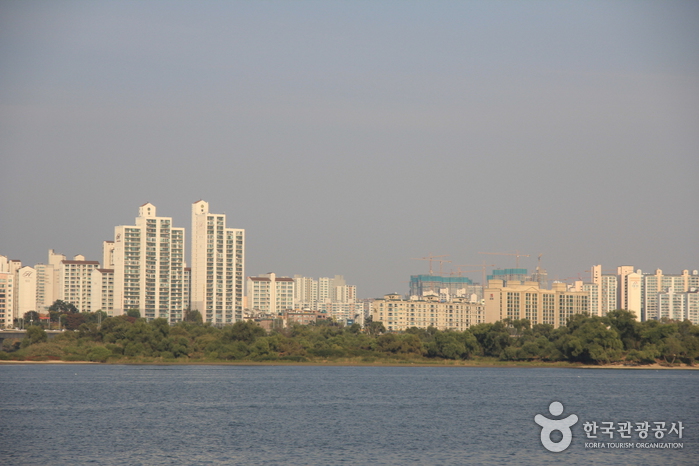
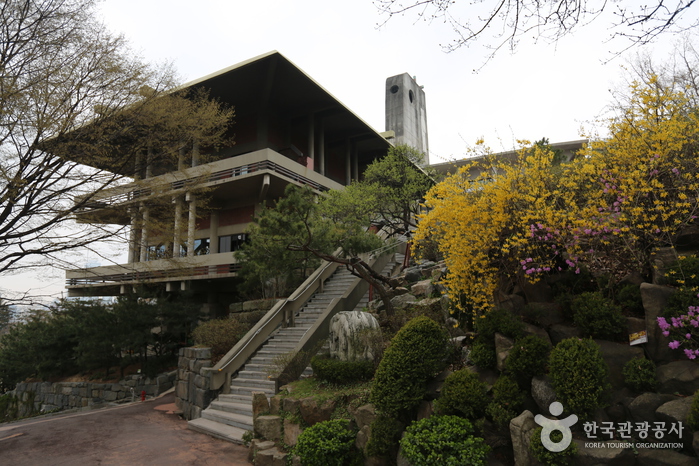
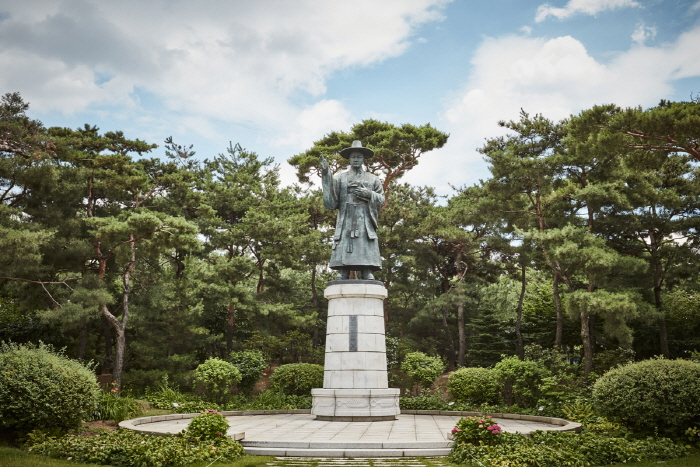
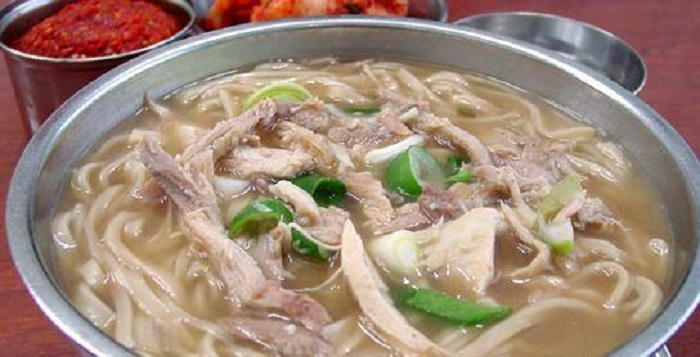
![Tune Clinic [Tax Refund Shop] (논현튠의원)](http://tong.visitkorea.or.kr/cms/resource/88/3313688_image2_1.jpg)
![Mowoolim Hair Clinic [Tax Refund Shop] (모우림의원)](http://tong.visitkorea.or.kr/cms/resource/61/3313861_image2_1.jpg)
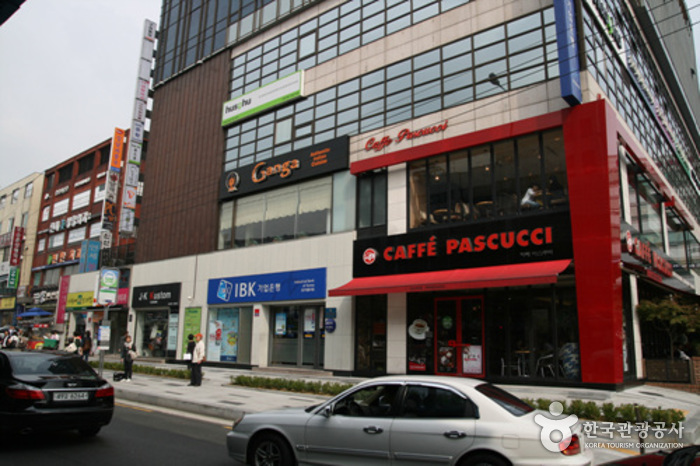
![Hay - Garosu Branch [Tax Refund Shop] (헤이 가로수)](http://tong.visitkorea.or.kr/cms/resource/64/2879664_image2_1.jpg)

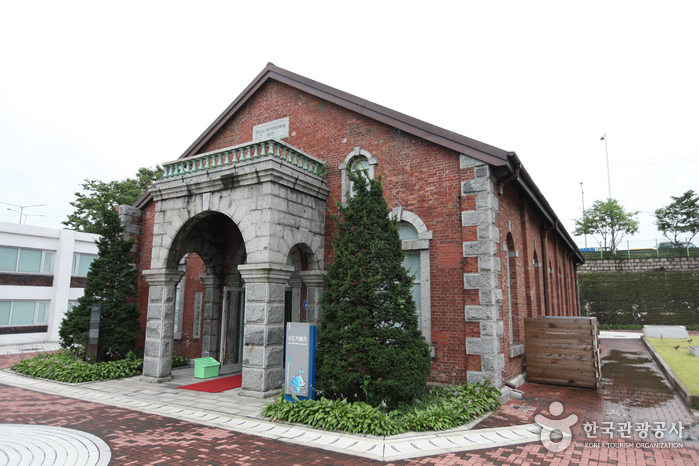
 English
English
 한국어
한국어 日本語
日本語 中文(简体)
中文(简体) Deutsch
Deutsch Français
Français Español
Español Русский
Русский